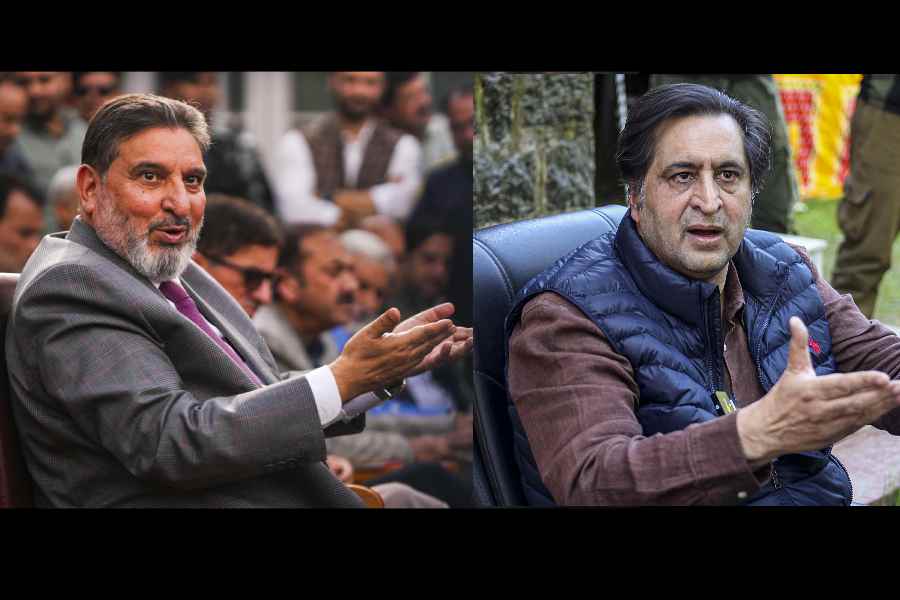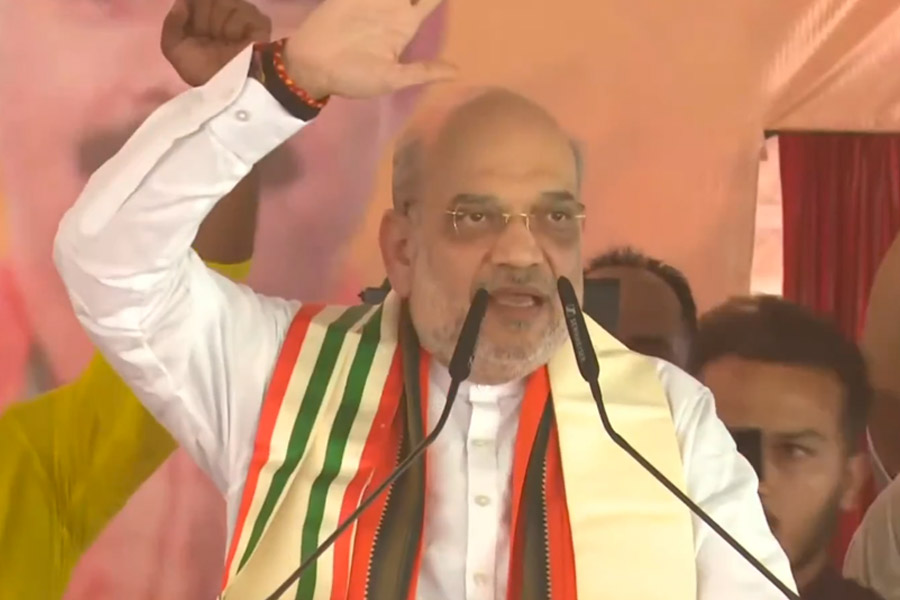Srinivasa Ramanujan ought be a household name just like Albert Einstein and Isaac Newton, believes Ken Ono, the Asa Griggs Candler Professor of Mathematics at Emory University and vice-president of the American Mathematical Society. Ono would know as he is an expert in number theory and the works of Ramanujan. In fact, he was the mathematical adviser on, and co-producer of, the Hollywood film on Ramanujan, The Man Who Knew Infinity. The film was based on a biography of the same name by Robert Kanigel.
“Ramanujan was a gift to mathematics and science. Many of the cryptic formulas he recorded in his shabby notebooks have powered the science of our present and future,” exclaims Ono.
Recently, the Royal Society London — Ramanujan became one of its youngest members at 31 — organised a two-day event celebrating the centenary of his election as a Fellow of the Royal Society in 1918, only the second Indian to be granted this honour. The greatest mathematicians of today attended to pay their homage to this maths hero.
And Ramanujan’s popularity is not restricted to the professional maths community alone. “It is remarkable that the writers of an animated sitcom, The Simpsons, want to share their love of mathematics and respect for Ramanujan by including subtle and obscure references to him,” says Simon Singh, a Bafta-winning BBC science documentary maker and popular science writer.
“A ridiculously large percentage of writers on The Simpsons have a strong mathematical background, and the show contains lots of mathematical references. The same is true of its sister series, Futurama, which has some of the same writers. Therefore, it is not so surprising that references to Ramanujan appear in three episodes. The famous taxicab story concerning Hardy and Ramanujan, which involves the number 1729 (the smallest number that is the sum of two cubes in two different ways), appears in different episodes as the number of a parallel universe, the registry number of the Nimbus spaceship and the number of a box containing a parallel universe,” says Singh, who has written a whole book (Simpsons and their Mathematical Secrets) on this cartoon’s maths connection.
Ramanujan’s work in pure mathematics is now being used in engineering too. “In 1918, Srinivasa Ramanujan introduced a summation, known today as the Ramanujan-sum. He used this to express several arithmetic functions in the form of infinite series. For many years, this sum was used by other mathematicians to prove important results in number theory. In recent years, engineers and physicists have found applications of this sum in digital signal processing, especially in identifying periodic components of signals with integer periods,” explains P.P. Vaidyanathan, a professor of engineering at the California Institute of Technology in the US.
Ramanujan’s work has also had a direct effect on pure physics and fundamental theories. “Results in pure mathematics have played an important role in the development of string theory. Perhaps the most famous example is the use of Calabi-Yau manifolds for superstring compactification, but there are many other examples like the use of modular forms for counting black hole states,” says legendary string theorist and physics stalwart Ashoke Sen, who is based at the Harish-Chandra Research Institute, Allahabad.
“I am constantly amazed that Ramanujan’s work finds so many applications in the study of strings and black holes. This ranges from summation theorems that explain the vacuum energy of strings, to formulae concerning the ‘extra dimensions’ on which strings are believed to propagate, to functions that count the number of quantum states of black holes,” says Sunil Mukhi, string physicist and head of physics at Pune’s Indian Institute of Science Education and Research.
“Ramanujan is one of those who lived a simple life while creating profound works of science and mathematics,” says Murthy Gudipati, a senior astrophysicist at Nasa-JPL, US. “Just like Einstein, Ramanujan was looking for clerical jobs while coming up with groundbreaking mathematical theorems. Like Satyendra Nath Bose (who sent his work to Einstein), Ramanujan sent his work to G.H. Hardy, who recognised his outstanding ability. This commonality should speak to something deeper in human nature — while your surroundings ignore you, your recognition comes from far. Also, these two analogies tell us that the ethics of science are higher than the ego of achievement,” says Gudipati, who is also editor-in-chief of the astrophysics journal Earth, Moon and Planets.
“Srinivasa Ramanujan was the strangest man in all of mathematics, probably in the entire history of science. He has been compared to a bursting supernova, illuminating the darkest, most profound corners of mathematics, before being tragically struck down by tuberculosis at the age of 33, like Riemann before him,” says Michio Kaku, physicist and popular science writer.
Hardy, Ramanujan’s mentor at Cambridge, had a personal ratings of mathematicians based on pure talent on a scale from 0 to 100. Hardy gave himself a modest score of 25; John Edensor Littlewood — with whom Hardy had a long collaboration — got 30; influential German mathematician David Hilbert 80; and Ramanujan 100.
Interestingly, Ramanujan never topped an exam in school. In fact, he did not have a college degree when he was invited to Cambridge by Hardy. But that did not stop Ramanujan from coming up with unique theorems and equations that no one else thought of.
Maybe there is a lesson in there somewhere. The marks you get in school do not really show the person you will become.
The writer is an Indian astrophysicist working in the UK










